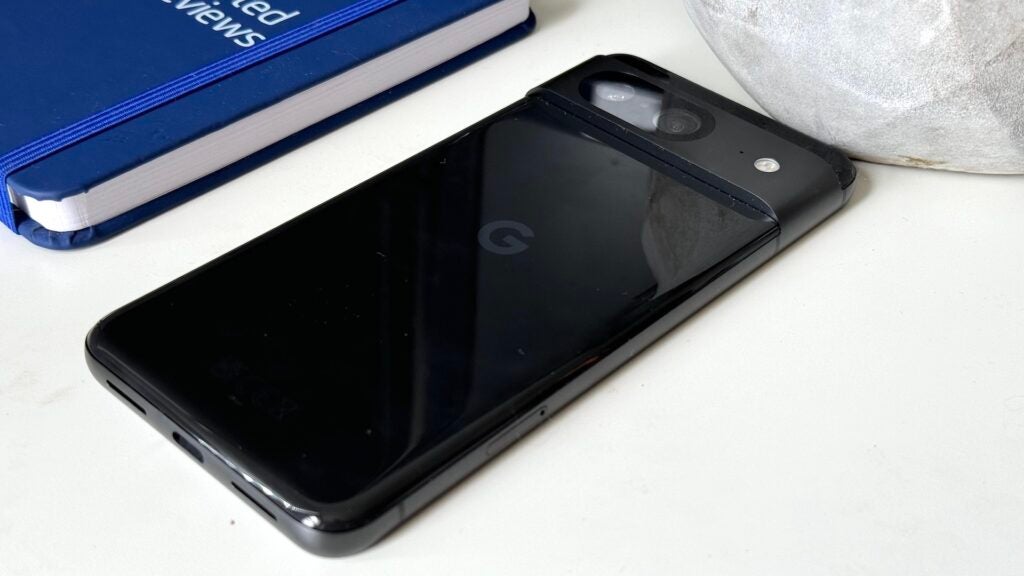Google has just announced its latest update to the flagship Pixel range, including the Pixel 9, Pixel 9 Pro, Pixel 9 Pro XL and the Pixel 9 Pro Fold.
Set to launch officially towards the end of August, we’ve compared the specs of the new Google Pixel 9 to last year’s 4.5-star Pixel 8, so you can determine whether or not you should upgrade.
The Google Pixel 9 runs on the new Tensor G4 chip
All handsets in the Google Pixel 9 series feature the new Google Tensor G4 chip, the successor to the Pixel 8 series’ Tensor G3 chip. Google promises that the new Tensor G4 processor will be its most efficient chip yet, designed to improve everyday phone uses such as opening apps and browsing the web.
In addition to improving everyday use, the Tensor G4 was designed with Google DeepMind and is optimised to run advanced AI models such as Gemini Nano Multimodal, enabling your smartphone to understand text, images and audio.
The Pixel 9 is also fitted with 12GB of RAM, compared to the Pixel 8’s 8GB.


The Google Pixel 9 has a new 48MP ultrawide lens
While both handsets have a dual rear camera offering and a 50MP main lens, the Pixel 9 boasts an upgraded 48MP ultrawide sensor whereas the Pixel 8 just has a 12MP alternative.
Google explains that its new 48MP ultrawide can create magnificent shots from the smallest detail and, although we haven’t tested this ourselves yet, if it’s anything like the 48MP ultrawide lens of the Pixel 8 Pro then we’d be seriously impressed.
Much like the Pixel 8 series, hardware is only half the story when it comes to the Pixel 9, thanks to the slew of AI-powered photo editing tools. You’ll find Pixel 8 favourites such as Magic Editor which allows you to remove distractions, move objects and expand your image with just a few taps and Best Take which combines similar group shots into one where everyone’s looking their best.
In addition, Pixel 9 boasts new AI photo-editing tools too, such as Add Me which allows you to add people to existing images by merging similar photos and the Reimagine feature which gives your photos a new vision, with Google offering examples of “adding autumnal leaves or greener grass”.


The Google Pixel 9 series has been re-designed
A common complaint with the Pixel series comes from its design, as it’s been a while since it has seen a major overhaul. Fortunately, although it’s not a total rethinking, the Pixel 9 has been treated to a well-needed refresh, thanks to its new sculpted design and updated finish.
While Google has retained its iconic camera bump at the rear, it has been redesigned slightly with a more rounded shape as opposed to the typical rectangular shape.
In addition, Google explains all Pixel 9 handsets are “twice as durable as Pixel 8” thanks to the Gorilla Glass Victus 2 display and cover.


Google Pixel 9 has Gemini built-in
While there is a dedicated Google Gemini app that can be downloaded on Android smartphones, such as the Pixel 8, the Pixel 9 has the AI chatbot built straight into the device. Google explains you simply need to press and hold the power button to activate and interact with Gemini.
The Google Pixel 9 has a bigger and brighter screen
Firstly, the Pixel 9’s is slightly larger than the Pixel 8, at 6.3 inches compared to 6.2 inches.
While both handsets are fitted with an Actua display, Google says the Pixel 9 is “35% brighter” than the Pixel 8, boasting a peak brightness of a massive 2700 nits. Not only that, but Google also claims this new display is rated “best in class” when compared to major smartphone brands in the US with an MSRP between $700-$995.
The Google Pixel 8 is cheaper
The Pixel 8 has a lower RRP of £699/$699 compared to the Pixel 9’s pricier £799/$799, but it can often be found for much less. The Pixel 8 can be found for £473 at the time of writing, and it’s expected to drop further once the Pixel 9 launches later this month.
The Pixel 9 is currently available to pre-order and will be officially available from 22nd August in a choice of four colours, Obsidian, Porcelain, Wintergreen and Peony. The Pixel 8 is available now and also in a choice of four colours: Obsidian, Mint, Hazel and Rose.
